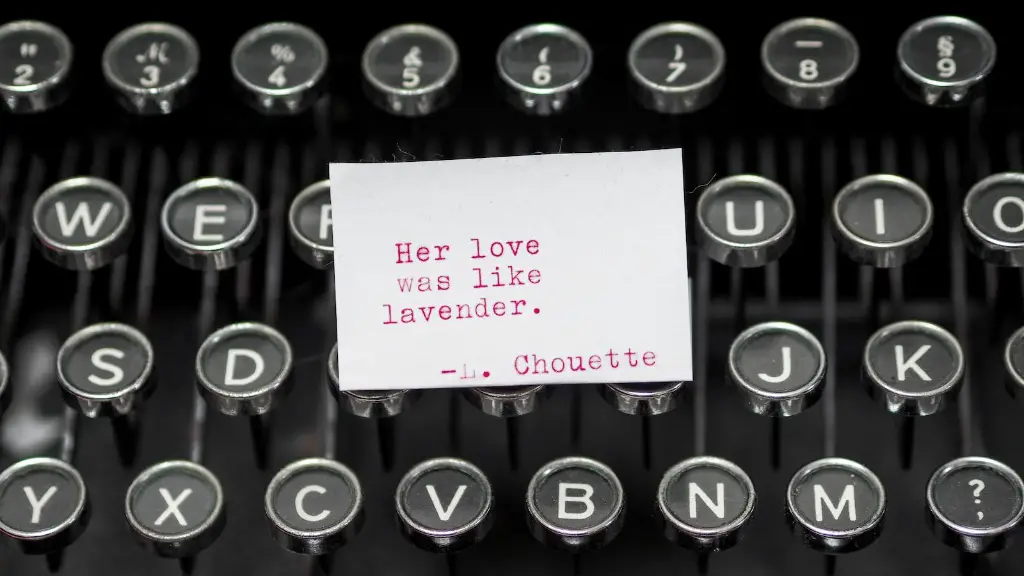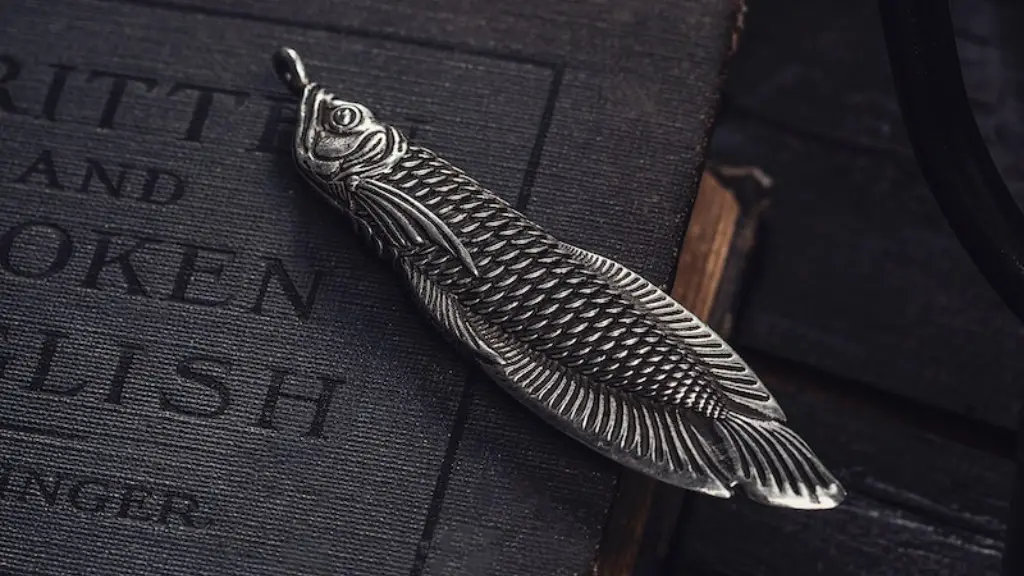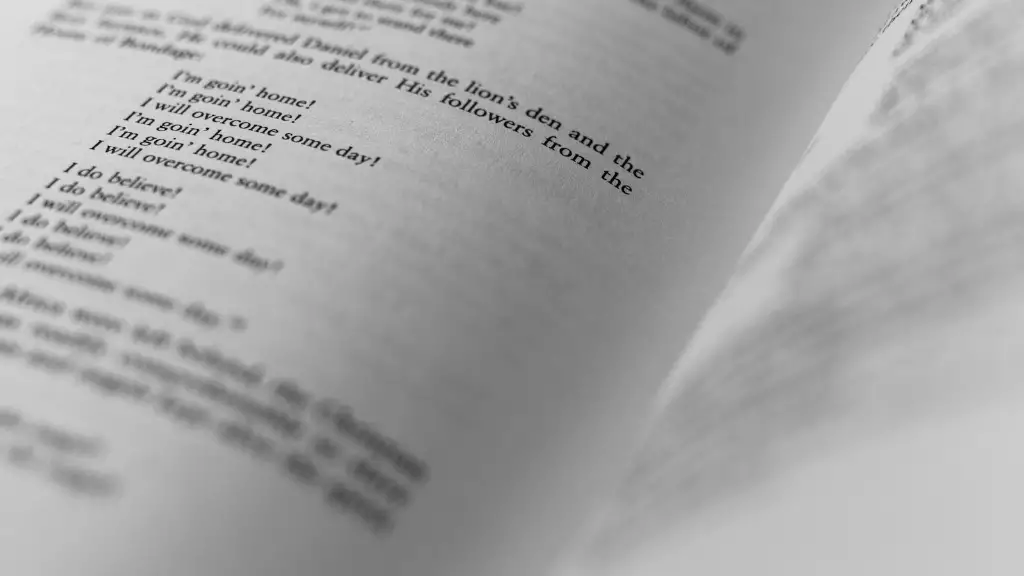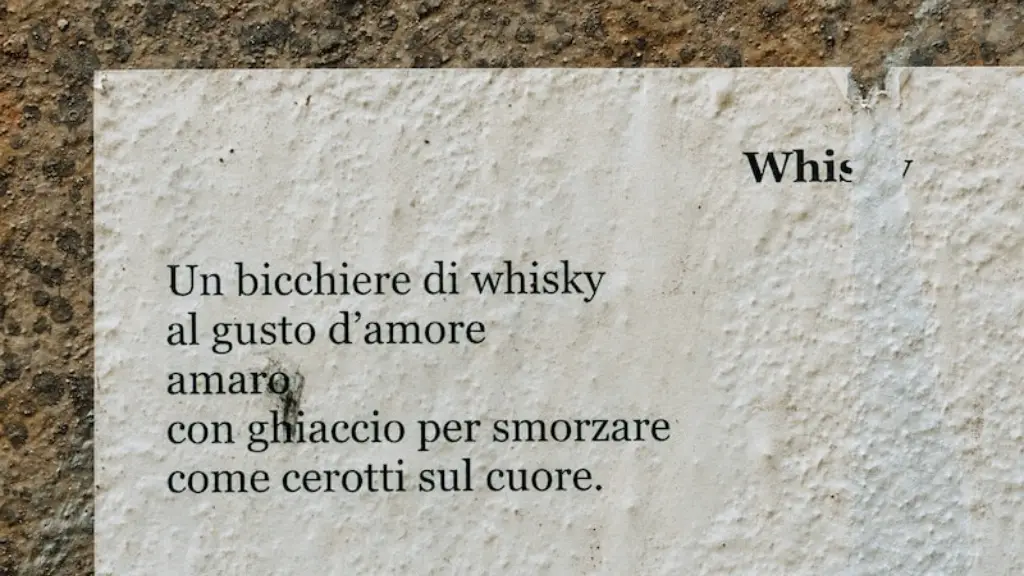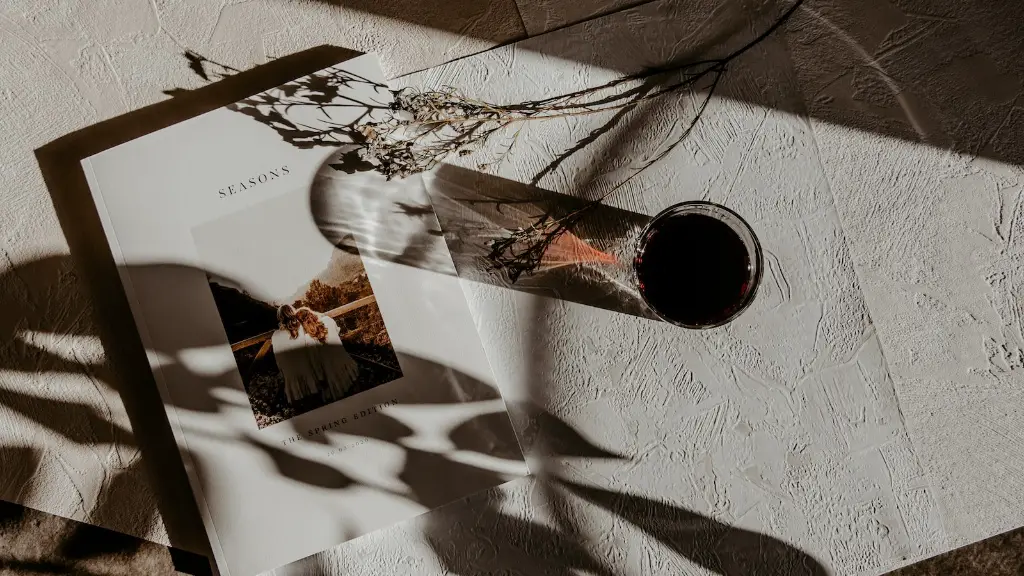Why do We Use Metaphors in Poetry?
Metaphors are widely used within poetry, to create vivid images and bring a greater depth of understanding to a poem than can be obtained from a literal description. Indeed, when used correctly, a metaphor can be one of the most powerful tools for conveying emotion within a poem. So why do poets use metaphors in their poetry? How can they be used effectively? In this article we will explore the reasons why poets use metaphors and look at the effect they can have on a poem’s overall meaning.
The Power of Metaphor
A metaphor is a type of figurative language that enables poets to make imaginative leaps of thought and begin to make links between things which have not been seen as related before. The use of metaphor is particularly effective in connecting the readers to an idea more deeply as it encourages them to reach their own conclusions, thus establishing an intimate and emotional connection between the text and the reader. As a result, the poet evokes strong and powerful emotions in the reader, and has the ability to bring new insights or create associations between the poem and everyday life.
Metaphors are also powerful tools for creating vivid imagery, often in a way that makes the description of a thing or situation more interesting or visually stimulating than a literal description would be. By using metaphors, the poet takes a simple description and turns it into something that is more complex, interesting, and engaging for the reader. This is an integral part of creating an emotional response in the reader, as it allows the reader to make an emotional connection with the poem that cannot be attained from a literal description.
Using Metaphors to Convey Meaning
Metaphors can also be used to convey a complex idea, concept or feeling more succinctly than a literal description could. By making a comparison between two unrelated things, the poet can suggest a meaning in a way that is both interesting and thought-provoking. The well-known poem by Robert Frost, “The Road Not Taken”, is a perfect example of this technique. In this poem, Frost uses the analogy of a road being taken and a road not taken to suggest the idea of making difficult decisions and living with the consequences of the choices we make.
In this way, a metaphor can be used to suggest an idea or concept without overtly stating it. This technique is particularly useful for poets as it allows them to avoid using clichés and give their work a more creative flair. Furthermore, by leaving the interpretation of the metaphor to the reader, it allows the reader to make their own emotional connection to the poem and interpret the message in a more personal way.
Using Metaphors to Enhance Description
Metaphors can also be used to enhance descriptions and paint a vivid picture in the reader’s mind. For example, rather than providing a literal description of a person’s face, a poet might use a metaphor to compare his face to a stormy sea. By doing this, the poet is able to evoke a specific mood in the reader, drawing them into the poem and providing them with a more vivid image in their mind. Metaphors can also be used to portray complex emotions or feelings, such as anger or sadness, in a more effective way than a literal description could.
In addition, metaphors can be used to convey the character’s deepest feelings or experiences. For example, a poet might use a metaphor of a dark forest to describe the character’s feelings of loneliness and helplessness. By doing this, the poet can provide the reader with an insight into the character’s inner world and their emotional state.
Using Metaphors to Create Rhyme and Meter
Metaphors can also be used to create a pleasing rhythm or meter to a poem. By replacing words that are not commonly associated with each other, a poet can create a more interesting rhyme or song-like effect in their poems. For example, rather than using the words “love” and “heart”, a poet might use the metaphors “ocean” and “sky” to create a more interesting rhyme. This can help a poet to create a more enjoyable or stimulating experience for the reader.
In addition, the use of metaphors can add greater depth to a poem’s meaning by creating an interesting contrast between the two images being compared. By comparing two unexpected things, a poet can create a unique juxtaposition that has a more profound effect on the reader. For example, a poet might compare love to a rolling stone in order to suggest that love is chaotic and unpredictable. Doing this not only creates an interesting and unexpected comparison, but it also conveys a deeper meaning and emotion to the reader.
Using Metaphors to Create Ambiguity
Metaphors can also be used to create ambiguity in a poem, allowing the poet to leave the interpretation of the poem up to the reader. By making subtle comparisons between things that are not typically related, a poet can create a mysterious or dream-like feeling in their poem. Furthermore, by making oblique references or analogies in a poem, a poet can create a sense of mystery that encourages the reader to interpret the poem for themselves. By doing this, a poet can create an interesting experience for the reader, as the reader is left to use their own imagination to interpret the poem.
Using Metaphors to Evoke Emotion
Metaphors can be used to help evoke a powerful emotion in the reader. By making an unexpected comparison between two completely different things, a poet can create an emotionally-charged atmosphere in their poem. For example, a poet might compare love to a storm in order to evoke feelings of turmoil, anxiety, and fear in the reader. This technique can be used to create a sense of suspense or uncertainty, as well as providing an insight into the emotions of the poem’s subject.
Additionally, metaphors can be used to evoke positive emotions such as joy, happiness, or hope. For example, a poet might compare love to a beautiful sunrise in order to create a feeling of joy and optimism in the reader. This technique can be used to suggest that love is a source of hope and beauty, and that it is worth fighting for.
Using Metaphors to Suggest Ideas
Metaphors can also be used to suggest ideas or make connections between things that are not typically linked. For example, a poet might use the metaphor of a storm to suggest that a particular emotion or situation is chaotic and unpredictable. By making this comparison, the poet can suggest a complex and interesting idea without having to explicitly state it. This can be a powerful tool for suggesting ideas and creating connections between seemingly unrelated subjects.
Additionally, metaphors can be used to create a certain atmosphere in a poem. For example, a poet might use metaphors of darkness and silence to create a feeling of loneliness and isolation in their poem. By doing this, the poet can create a specific atmosphere that is integral to the poem’s overall message. This technique can be used to create a more vivid and evocative experience for the reader.
Using Metaphors to Tell a Story
Metaphors can also be used to tell an interesting or thought-provoking story. By making a comparison between two seemingly unrelated things or events, a poet can suggest a story without having to explicitly state it. For example, a poet might compare love to a journey in order to suggest that love is a long, winding, and unpredictable path. By making this comparison, the poet can tell a story about love without having to explicitly state what that story is.
Furthermore, metaphors can be used to suggest several ideas or stories in one poem. By making several comparisons between different things or events, a poet can suggest multiple ideas without having to explicitly state any of them. This technique can be used to suggest several stories in a single poem, allowing the reader to interpret the poem in a variety of ways.
Conclusion
In conclusion, metaphors have the power to transform a simple description into something more complex and interesting. They can also be used to suggest complex ideas or emotions without explicitly stating them, and can evoke powerful emotions in the reader. By using metaphors in their poems, poets can create vivid imagery, evoke a specific mood, and tell a thought-provoking story. Metaphors can also be used to create a more interesting rhythm or meter to a poem, allowing the reader to experience the poem in a more enjoyable way.
